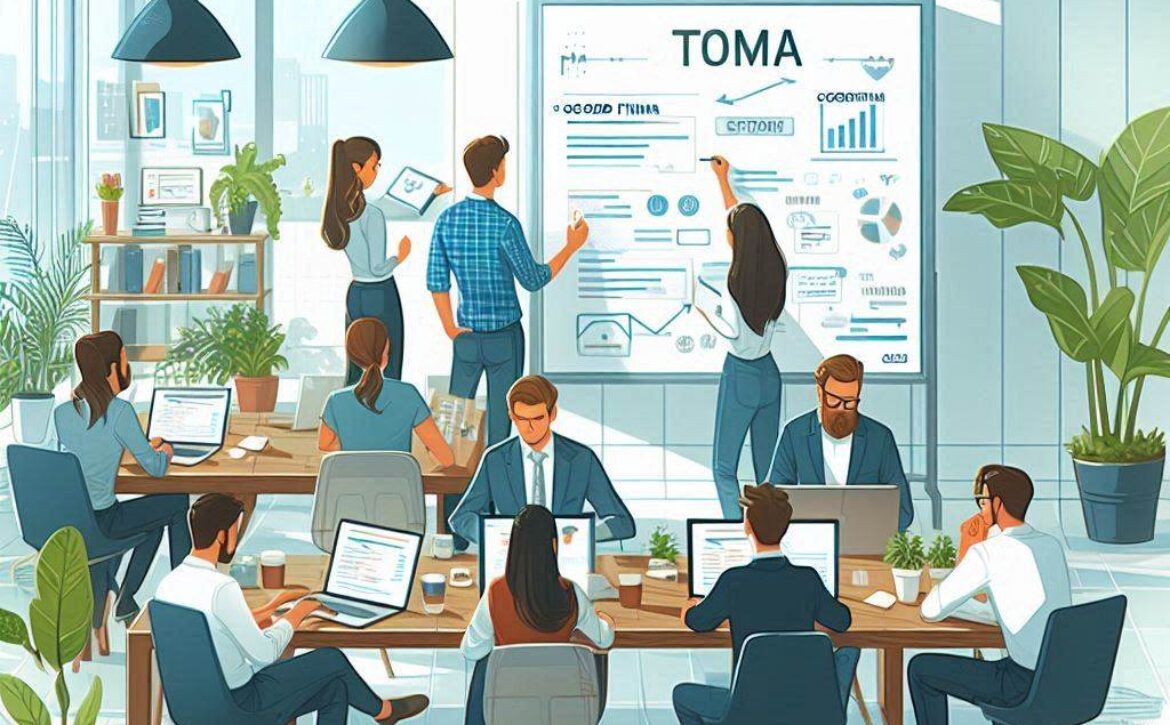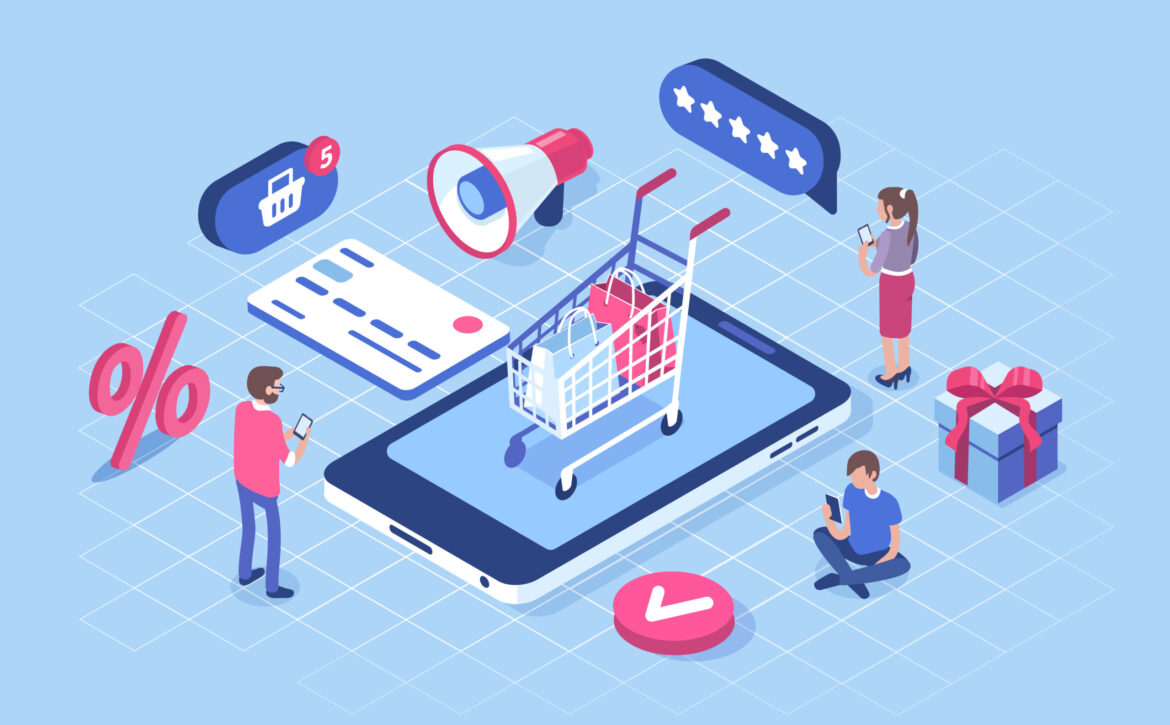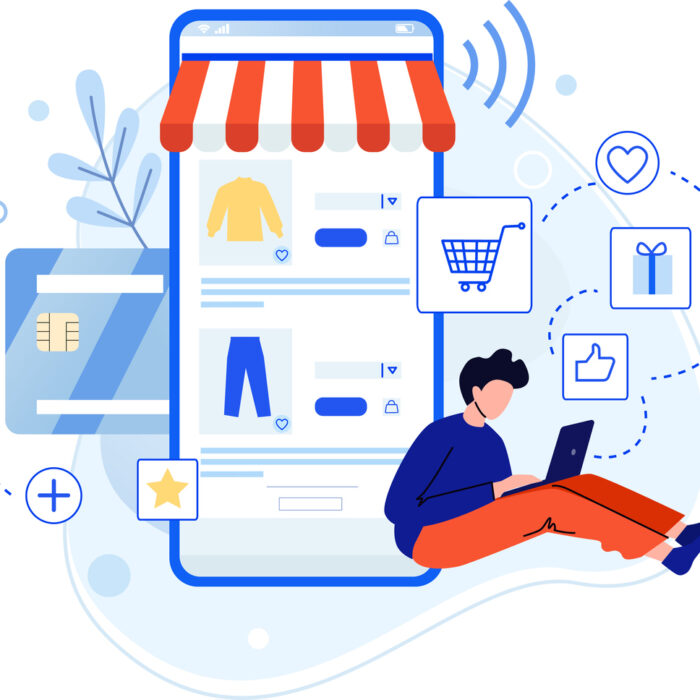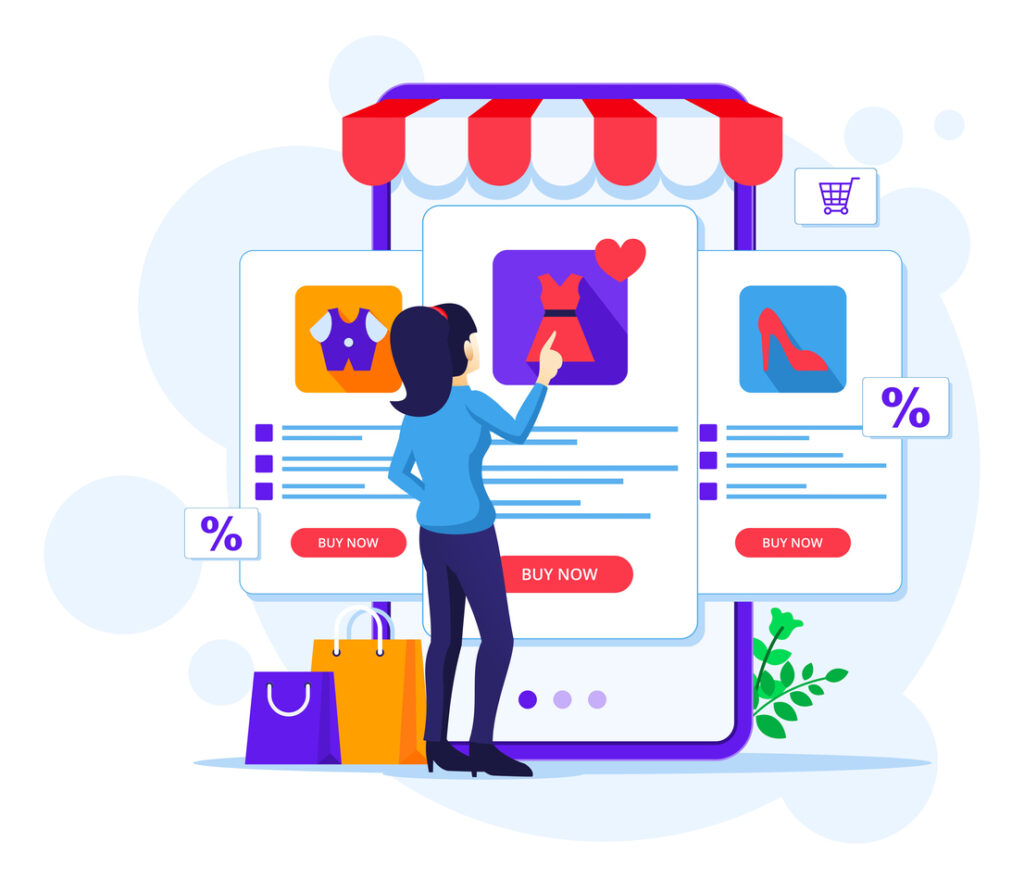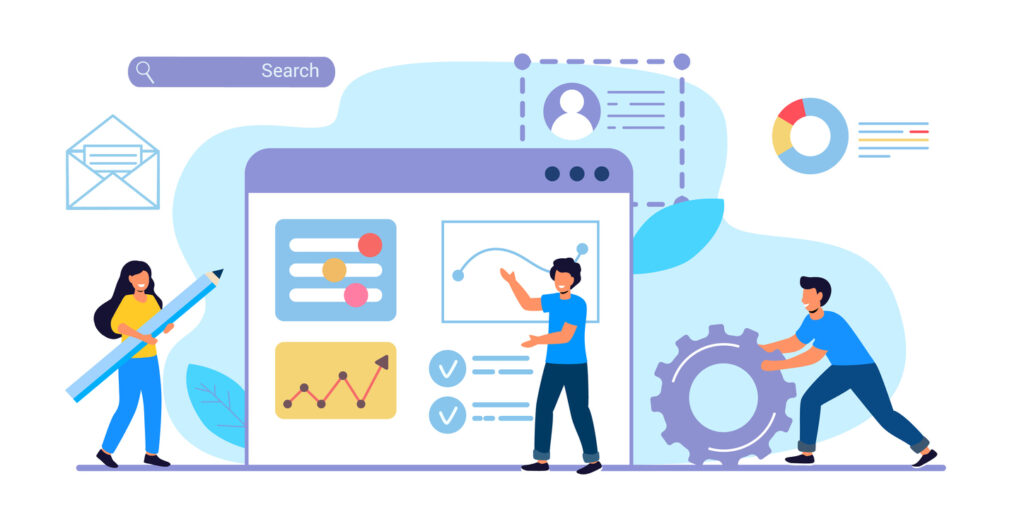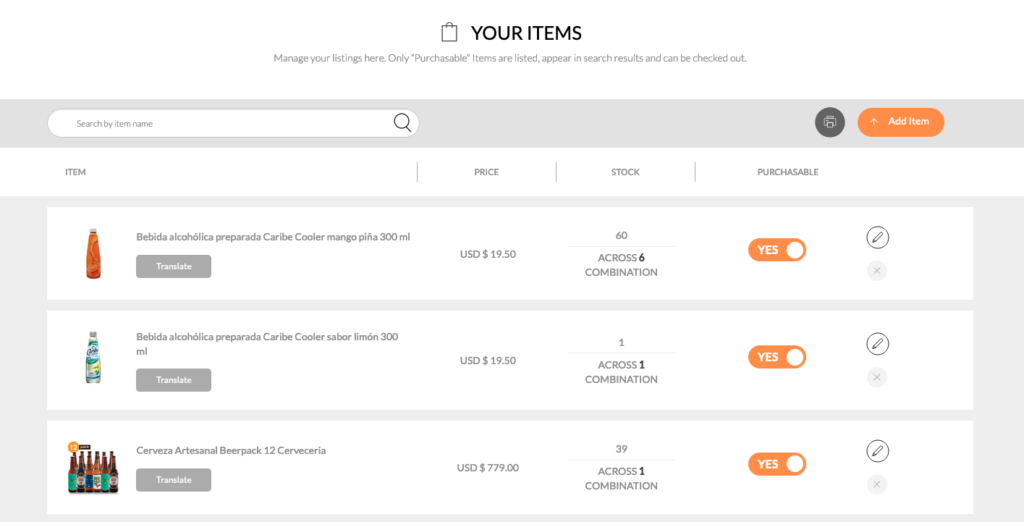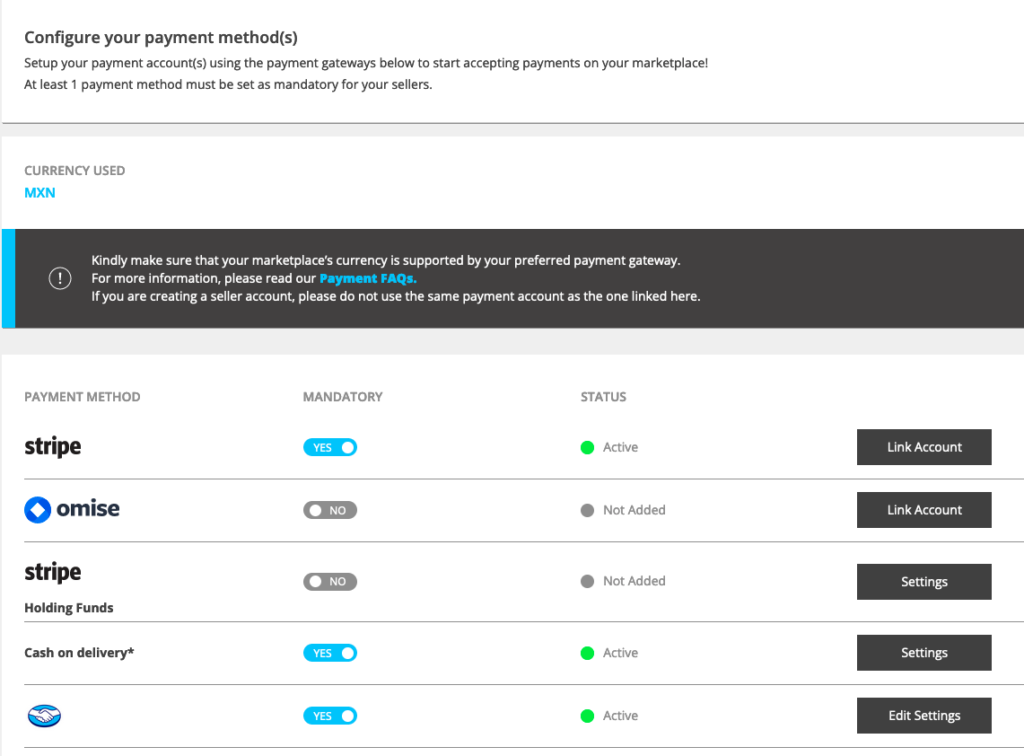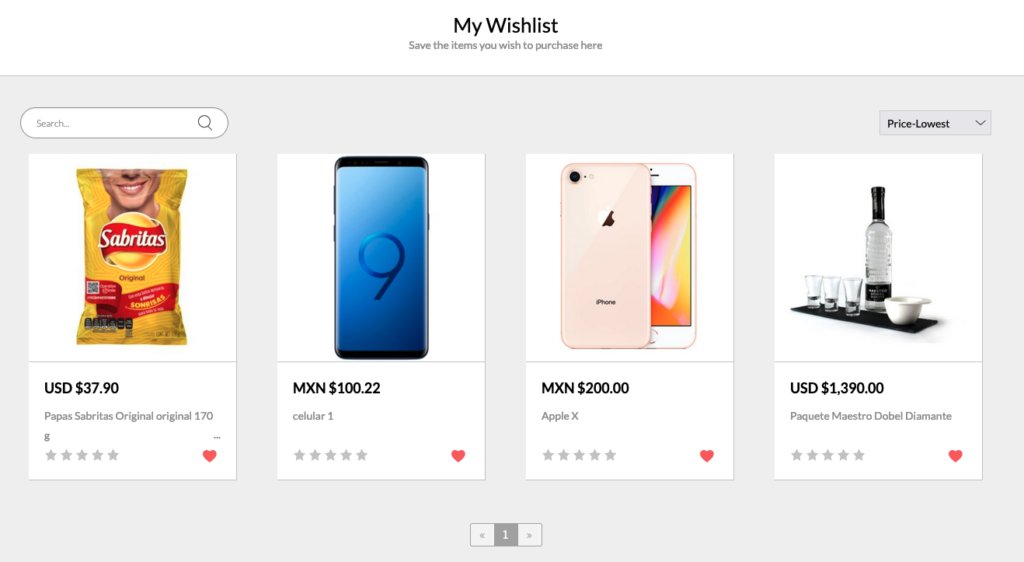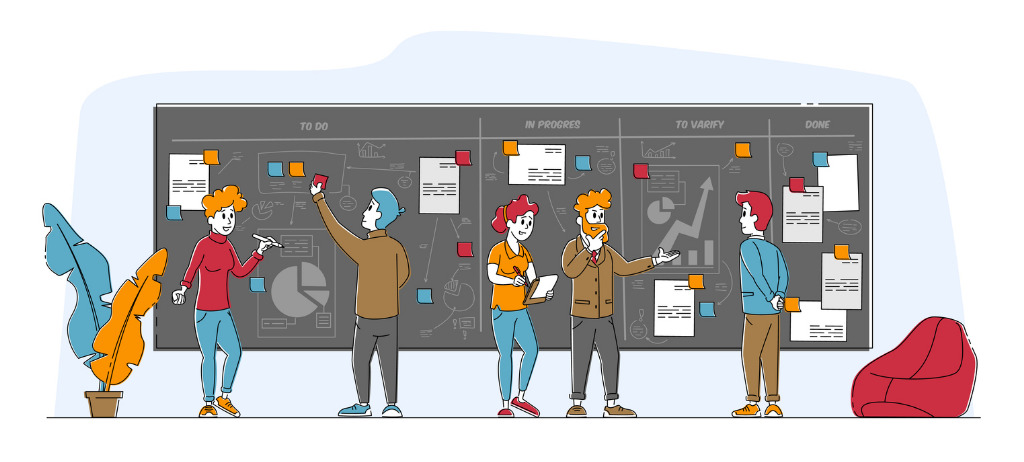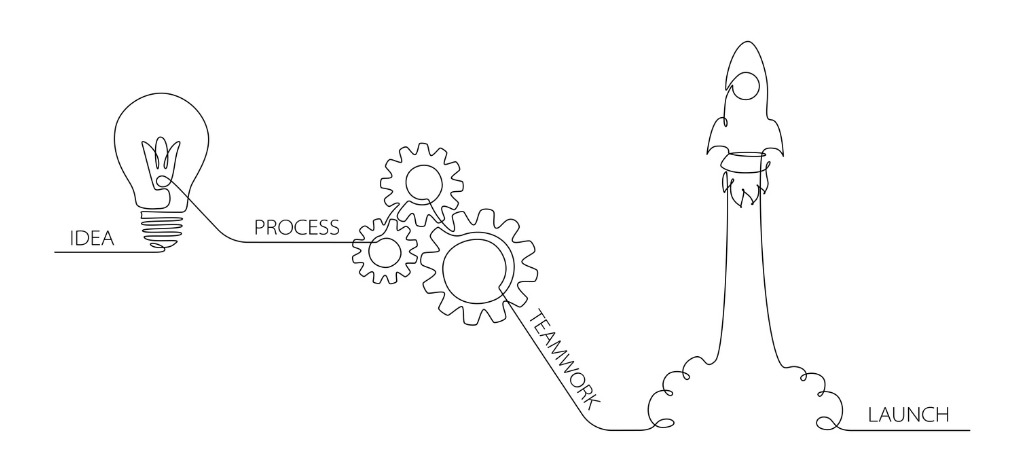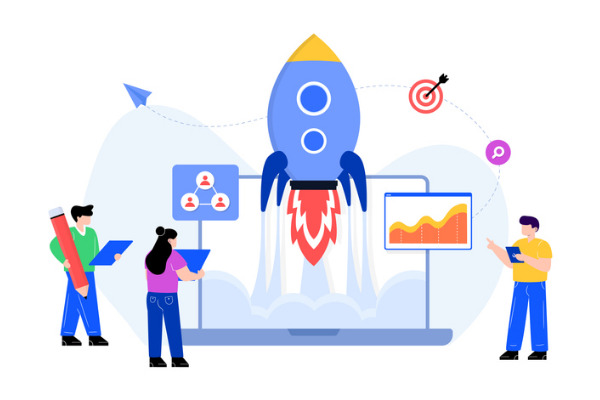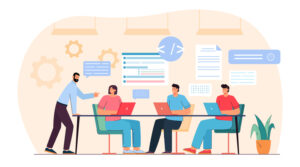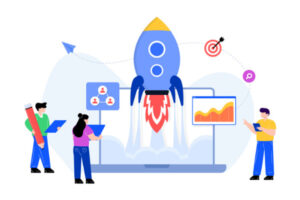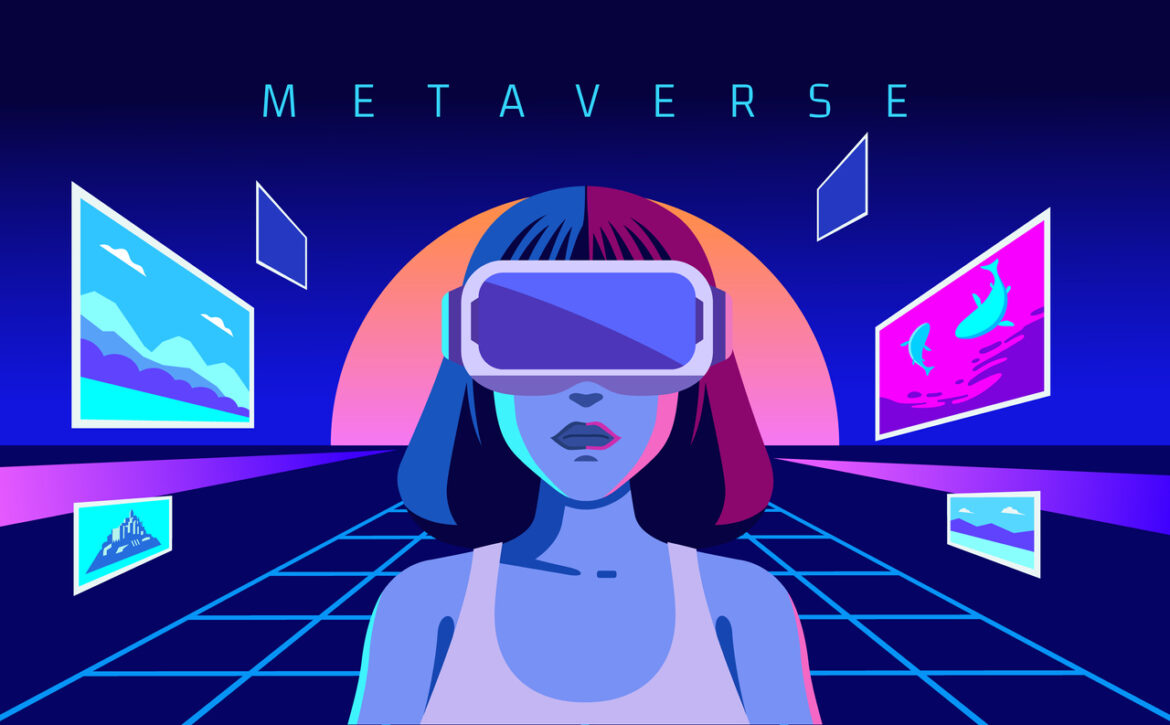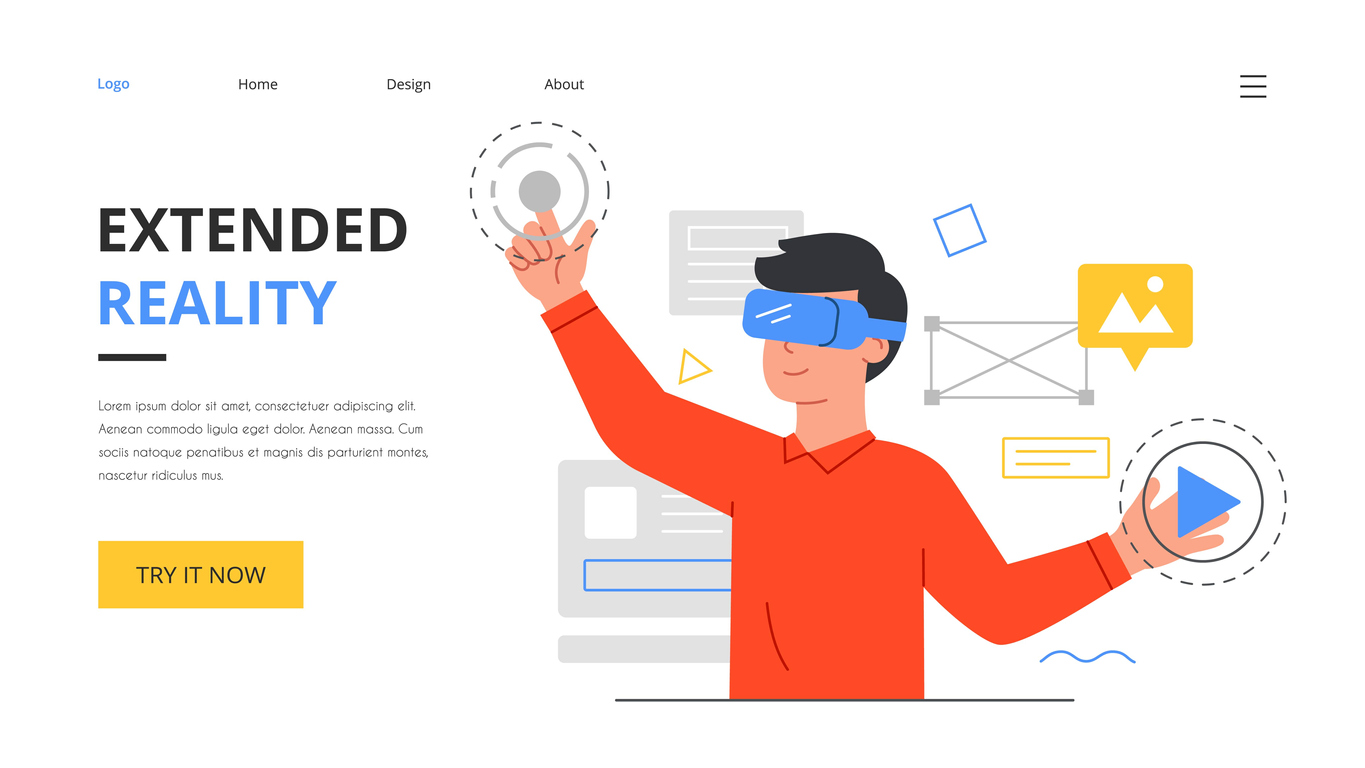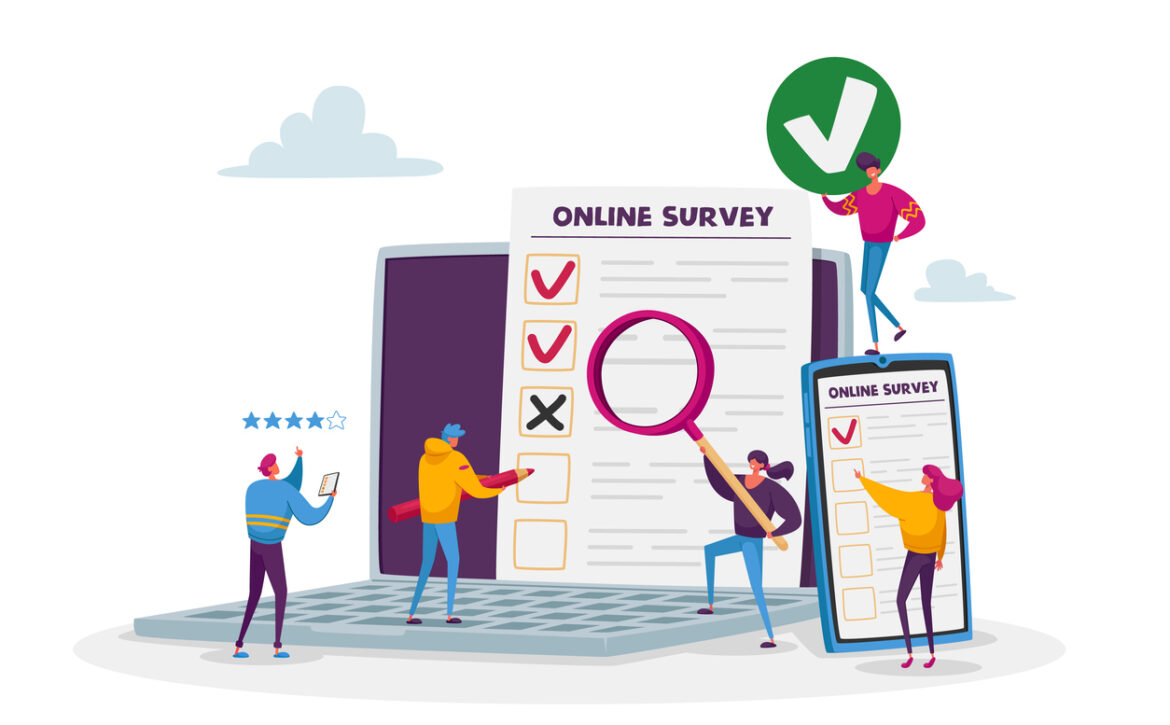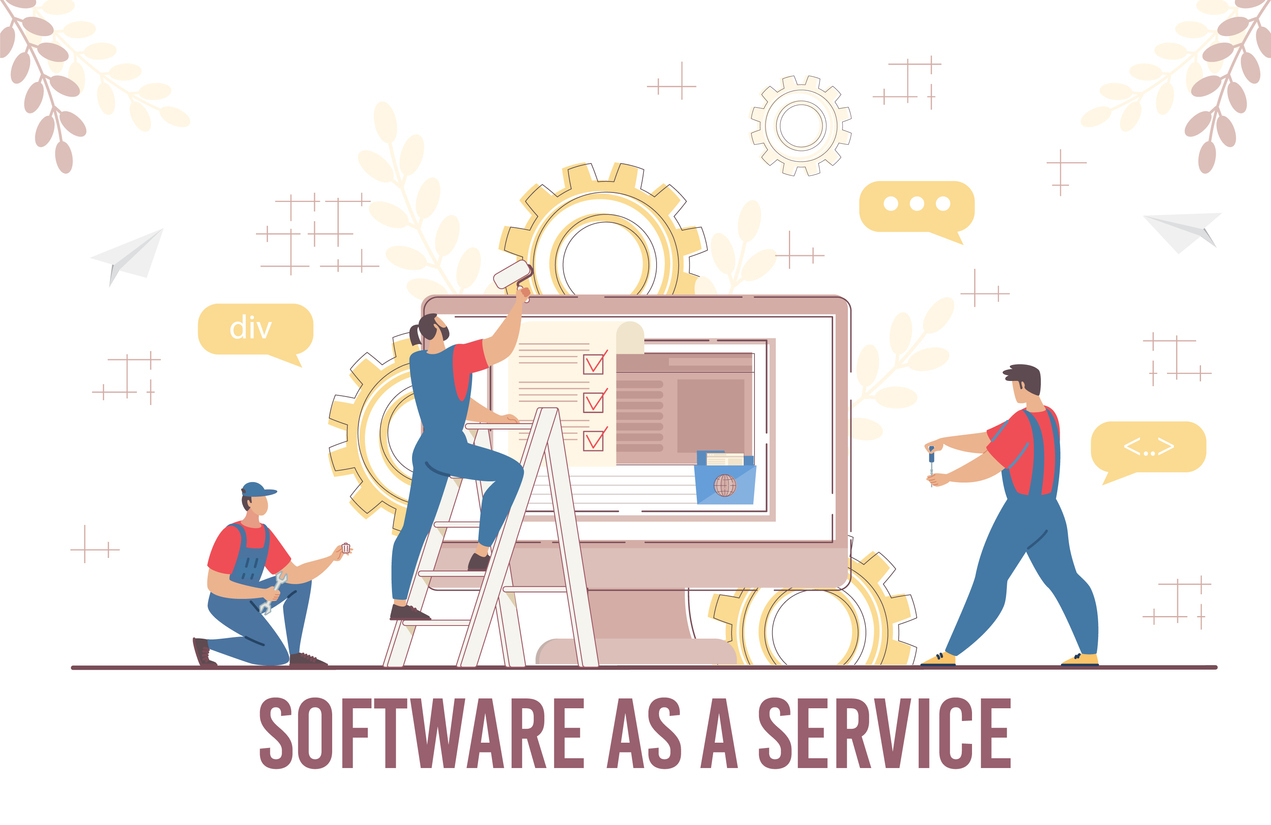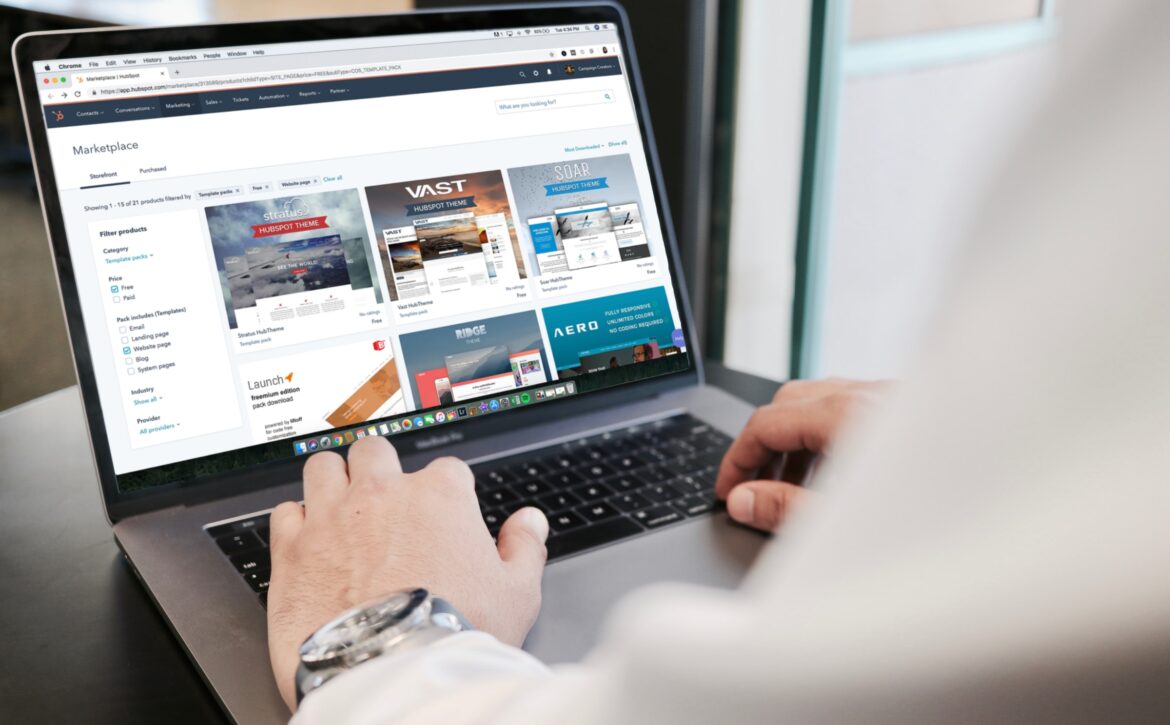Towa Software Partners with GoodFirms to Enhance Nearshore Software Excellence
Press Release
Towa Software Partners with GoodFirms to Enhance Nearshore Software Excellence

In an exciting twist for the technology industry, Towa Software and GoodFirms have announced a strategic collaboration aimed at boosting excellence in nearshore software development. This alliance promises to transform the technological landscape by delivering innovative solutions and accelerating global business growth.

Mexico City — Towa Software, a pioneer in nearshore software development, is thrilled to announce its new partnership with GoodFirms, a renowned B2B research and review platform for IT service providers.
Adrian Lopez, CEO at Towa, stated, “This partnership reflects our commitment to providing top-tier software development services and expanding our visibility in key markets. GoodFirms’ recognition amplifies our capabilities and dedication to excellence.”
Samasti Jain, Senior Account Executive at GoodFirms, expressed enthusiasm about the collaboration, “We are excited to welcome Towa Software to our community of high-quality vendors. We look forward to promoting Towa’s profile through our platform and assisting them in reaching a broader audience.”
As part of the collaboration, Towa Software will integrate a GoodFirms badge on their website, symbolizing the mutual commitment to quality and customer satisfaction.
GoodFirms will assist Towa with dedicated profile analysis to ensure the company’s offerings are effectively communicated to potential clients, enhancing both reach and engagement within the industry.


GoodFirms is the most trusted US based B2B review and rating platform that helps buyers make informed decisions by providing detailed insights into IT companies and software solutions. The platform assists IT companies and software vendors boost user acquisition, market share, and brand visibility. GoodFirms currently features 130,000+ companies & software, 60,000+ verified reviews, and 2500+ validated surveys and resources.
About Dale Ventures- Dale Ventures, dale.com, is a global venture capital and investment holding group based in Dubai, United Arab Emirates. It is known for its investments and acquisitions in various industries, with a focus on technology-driven companies. Dale Ventures actively seeks opportunities to support and grow innovative businesses that have the potential for significant global impact. The Dale Ventures headquarters in Dubai serve as a hub for operations and strategic decision-making.
About Arcadier Arcadier, arcadier.com, stands as the pre-eminent e-commerce platform specialising in online marketplaces, garnering multiple prestigious awards for its innovation. Operating in over 170 countries, Arcadier has established itself as a leading force in e-commerce by empowering large enterprises, SMBs, governments, and start-ups to effortlessly and economically develop their own customised online marketplaces under their own brand.
For further information about the Towa Software and Arcadier Markerplace platform partnership and other initiatives from the company, visit – https://towasoftware.com/. Towa Software Inc. can also be found across social media, including Facebook and LinkedIn.
About Towa Software Inc.
Towa Software specializes in creating robust software solutions that meet the unique needs of businesses across North America. With a focus on innovation and efficiency, Towa Software is dedicated to helping businesses achieve their technology goals through high-quality, tailored software development services.
About GoodFirms
GoodFirms is a Washington, DC-based B2B research company that offers a transparent and reliable platform for IT service and software firm ratings and reviews. GoodFirms helps service seekers identify the best business partners to meet their requirements.



